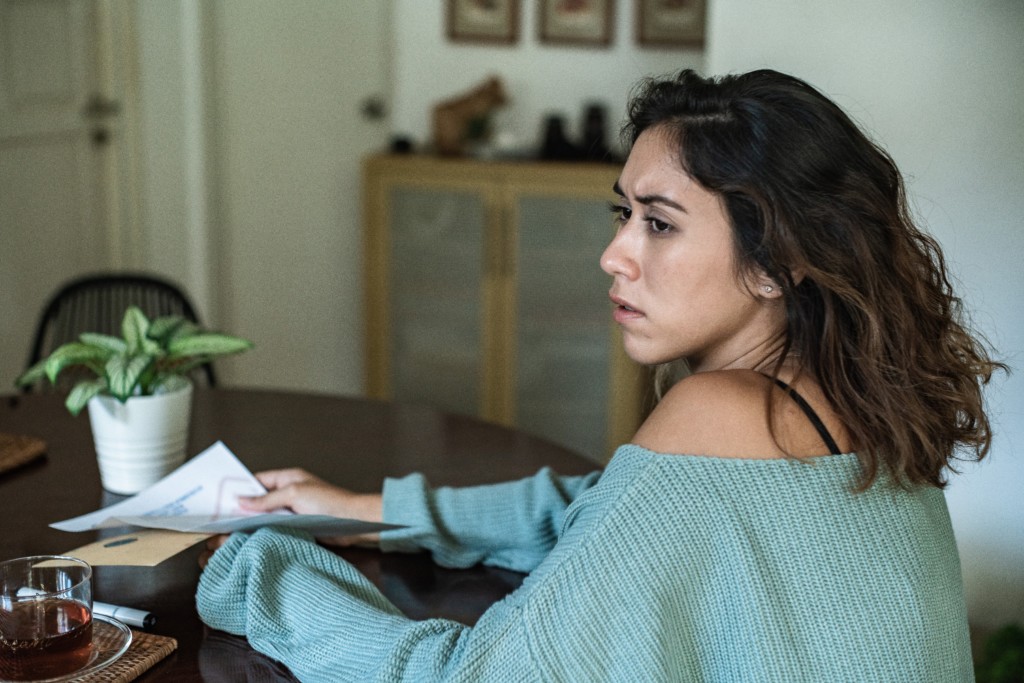
In Texas, 34.5 percent of women and 35.1 percent of men suffer domestic violence. In the United States, one in five women and one in 71 men endure domestic violence, generally by an intimate partner. These are shocking statistics for this enlightened age.
Be the Change
This needs to change. It’s starts with us as parents. We need to provide good role models of healthy relationships. We need to question the little signs we see in our teens relationships, things like possessiveness. We need to teach our kids to be a good partner. We need to teach our children that physical abuse is never an option and that emotional abuse and bullying are both wrong and hurst as harmful. We need to also help them realize their worth.
Even then, it may not stop our children from being abused. But there’s still a chance it might. It might help them notice things in causal dates that prevent them from pursuing anything further in a relationship. It might also help them realize when a friend is in trouble.
How Abuse Happens
You may wonder how this happens. Why do people enter into or stay in a relationships that are abusive? For every instance of abuse, there is a different reason: Shame, fear, money, resignation, or having no where to go are just a few of them.
No one enters into an abusive relationship purposely and willingly. Relationships don’t start that way; they become that way slowly over time. These relationships start normally with love, excitement, hope, and promise. The changes are gradual, almost undetectable at first, and the first steps are not what you would expect.
The first step is usually some sort of isolation, slowly reducing the circle of friends and family so that the person becomes dependent on the abuser. It’s almost becomes natural to block everyone out to focus on the toxic relationship.
As this happens, the abuser may say it’s happening because he or she loves you so much. The victim wants to believe she is so worthy of love that she accepts whatever comes with it.
Once isolated, the abuser works on damaging ego. Little remarks and jabs are made to make the victim doubt. The abuser will point out faults so he or she can “help you better yourself.”
It’s confusing when your partner is so perfect and nice in public, but a monster at home. Over time, hurtful words become fists. Hurt feelings become bruises, broken bones, and worse.
Then, the shame and fear sets in. Makeup and sunglasses are used to cover up rather than enhance. Clothes start to have longer sleeves. All the sudden white lies are the norm, and suddenly you are the clumsiest person who ever lived.
 What Can Be Done?
What Can Be Done?
Remember you cannot make someone leave an abusive relationship. If your force an intervention, you may be putting someone in a more volatile situation. Statistics show that a persons will leave an abusive relationship an average of seven times before the person is finally done with an abusive partner. It’s a very vicious cycle.
All hope is not lost. Help is available. There are shelters, restraining orders, police, and organizations that help survivors get back on their feet and rebuild their life.
If you need help please reach out to someone you know and trust or call one of the numbers below:
The Battered Women’s Foundation, 817-284-8464
I Can Still Shine Program, 817-616-3500
Safe Haven of Tarrant County, 877-701-7233
Legal Aid of NorthWest Texas, 888-529-5277
One Safe Place, 817-916-4323













